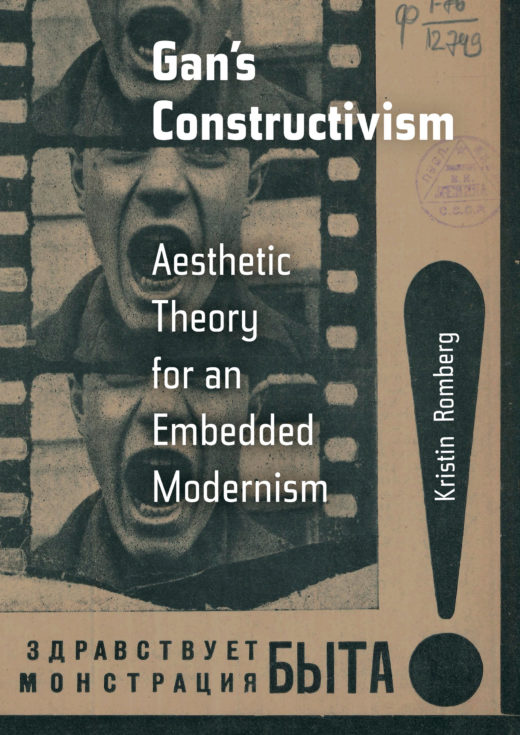The Canary Archives by Chto Delat: Testimony of the Russian ‘Des-Astre’
In March 2022, shortly after Russia had attacked Ukraine, the Chto Delat (What is to be done?) collective produced an artwork entitled Canary Archives in response to the shock of the military escalation.(Chto Delat, “Canary Archives 2022,” http://chtodelat.org/category/b7-art-projects/installations/canary-archives-2022-2/ Accessed January 31, 2023) While work on the project – comprising a four-channel video installation and a newspaper issue – had commenced earlier, the invasion was the catalyst for its statement. The filming and written elements were revised substantially as a consequence of the outbreak of war. Today, more than one year later, the relevance of the work has become … Read more







